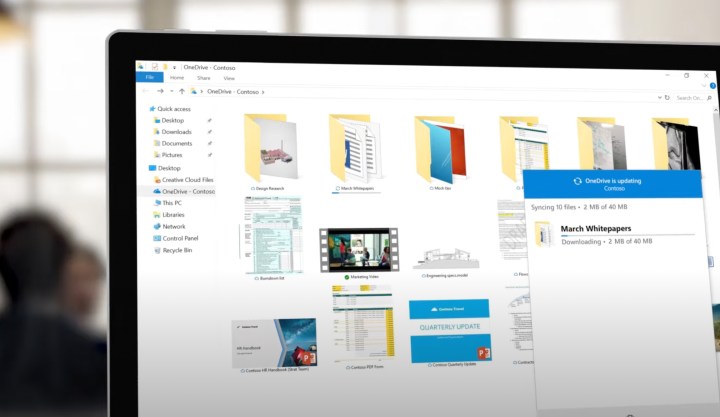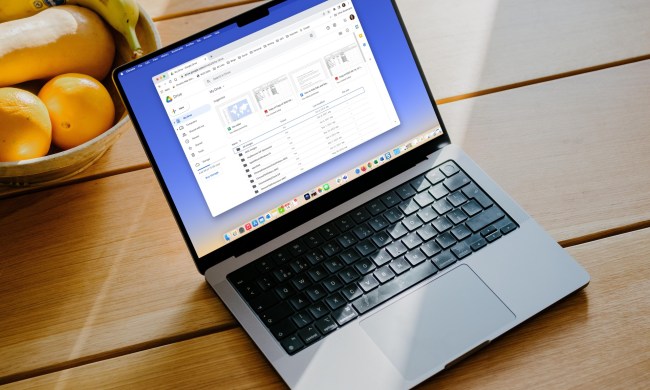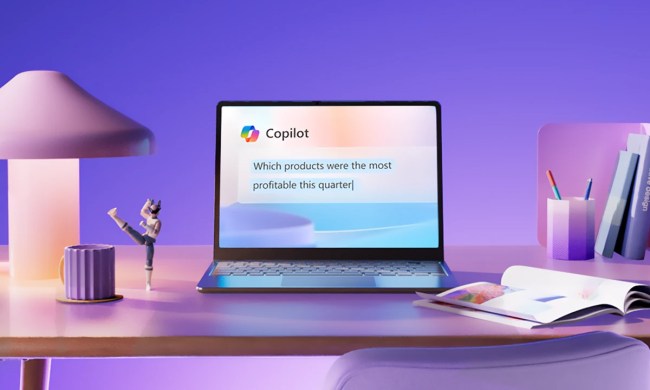Dropbox and OneDrive are two of the most popular cloud storage services available on the market today. They go toe-to-toe in many areas; however, they have enough differences to make them appealing to different consumers.
Dropbox has integration with several creative and communication-based third-party services, including Adobe Premiere Rush, WeVideo, Otter.ai, Simon Says, DaVinci Resolve, LumaFusion, and Sprout Social. The service is more favorable for creatives and artists, who may be using their cloud storage to save video, images, and music, and can benefit from access to tools that can aid their expression.

OneDrive is notably integrated into the Microsoft 365 suite alongside the brand’s popular productivity applications, including Word, Excel, PowerPoint, Editor, Clipchamp, Outlook, and OneNote. This service can better assist clients with more straightforward goals, especially those who are already locked into the Microsoft ecosystem.
Both cloud storage services have free and paid tiers to suit the needs of different users. Read further through this Dropbox and OneDrive comparison guide to see which cloud storage service might be the right option for you.
Storage and pricing
One of the main differences between Dropbox and OneDrive is that the primary feature of Dropbox is its storage capacity, and that it has additional functions that support that storage. Meanwhile, OneDrive’s storage capacity is among the many features in Microsoft’s productivity suite, and the storage supports many of the other apps. Both services have several pricing tiers that cater to different types of users.

The paid subscription options for Dropbox start with the personal use Plus plan at $10 per month for 2TB of storage for one user. The professional use Essentials plan is $16.58 per month for 3TB of storage for one user. The Business plan starts at $15 per month for 9TB of storage for a team of 3+ users. The companies use Business Plus plan starts at $24 per 15TB month for a team of 3+ users.
The free Basic plan for Dropbox offers 2GB of storage for saving and sharing files. Enterprise customers can also contact Dropbox for pricing on a custom offering tailored to their specific needs.
The paid subscription options for standalone OneDrive start at $2 per month for 100GB of storage for one user. The Microsoft 365 Personal plan is $7 per month for 1TB of cloud storage for one user. The Microsoft 365 Family is $10 per month for up to 6TB of cloud storage, with 1TB per person, for up to six people. The professional use OneDrive for business stars at $5 per month for 1TB of cloud storage for one user. The Microsoft 365 Business Basic plan is $6 per month for 1TB of cloud storage per user for up to 300 employees. The Microsoft 365 Business Standard is $12.50 per month for 1TB of cloud storage per user for up to 300 employees.
The free Microsoft 365 plan offers 5GB of storage for saving various files on OneDrive. Microsoft also has several Enterprise pricing tiers. Customers can contact the company for more information on those offerings.

In terms of storage plan value, Dropbox leads with an offering of 2TB to start, while you have the option to purchase into a higher tier if you need more storage. OneDrive offers an overall 1TB of storage per user but doesn’t raise its storage offering depending on its tiers. It increases the amount of apps, services, and support offered with each tier. However, the value proposition for you could be dependent on the types of apps and services you require.
OneDrive offers a better value for free users, with its 5GB storage option by just signing up for a Microsoft account. The brand’s 100GB offering is also a solid low-cost offering for those only wanting to use OneDrive with few extra frills.
Features
Both Dropbox and OneDrive have many features across their services. While they stand out in many ways, they still have many features in common that can make selecting a service somewhat of a challenge. Here are some of the highlight similarities between Dropbox and OneDrive.
- Both services support 265-bit AES security protocols, which allow you to enable two-factor authentication on all tiers. Certain business tiers support multi-factor authentication and single sign-on (SSO).
- Both services support block-level sync, which syncs only parts of files that have updated, a more efficient process than reuploading an entire file.
- Both services support file and folder access, which allows you to identify and edit permissions on files and folders within Dropbox and OneDrive.
- Both services support Advanced file sharing, with features including password setting, limited time access, and disabling downloads.
- Both services support their own Vault features, which are notable aspects of both services as a secure setup for files that need extra protection. The Vault for each service requires a second login, such as a PIN or a one-time texted code. The Dropbox Vault can be set up for both personal and Professional business plans. However, only OneDrive’s personal plans support the Vault. Its free plan can host up the three files.
- Both services support cross-platform use between desktop and mobile. You can sync your projects from your Windows desktop to your Android smartphone, or your Mac desktop to your iOS device, and vice versa.
Though there are many similarities between the two services, the differences become apparent in how they function.
Dropbox
Both platforms have a similar folder-based user experience, with many users saying Dropbox’s UI is intuitive and easier to learn and use overall. While Dropbox might be more storage-focused, its dedication to third-party app integration makes the use of its available storage especially valuable.
In addition to the above-mentioned integration, the company has partnerships with companies including Adobe, Hubspot, Autodesk, Canva, and AWS. There are many platforms that require an additional paid subscription to work alongside Dropbox.
However, many others, such as Microsoft web apps work with the service completely free. Dropbox also supports other productivity suites, such as Google Workspace. It also has its own word processor tool. You can access all of the brand’s available third-party apps through the App Center.

Other notable features of Dropbox are its signature requests, PDF editing, and password manager. Features that mesh with the creativity focus of the platform include Dropbox Replay, which allows you to share media files such as audio, images, and video and leave comments along the timeline or frame of the file.
OneDrive
OneDrive is known for suffering in the UI department, having no suggestions, recently opened, files, or search history for users to pick up where they left off. When uploading files for storage many users may have a set-it-and-forget-it kind of attitude about the item, until it’s time to find the file again.
The business plans come with an administrator console that works for managing all of the apps within the Microsoft 365 suite, in addition to OneDrive. However, this is an elaborate feature, for the IT or cybersecurity staff, rather than for the everyday user. It includes functions such as ransomware detection and data recovery.

OneDrive’s feature list also includes the Microsoft productivity apps, email, data protection, and the Copilot Pro add-on support depending on the tier.
Which is better?
Many people like Dropbox due to its easy third-party app integration with both paid and free services. Its easy-to-use UI is a major plus for those who might be using the platform frequently. Its larger and varying storage options give consumers a greater data capacity for their projects.
On the other hand, a lot of people may favor OneDrive due to already having a Microsoft 365 subscription and wanting stick with the option to forgo additional costs. This may especially be the case if you want to have a hard copy of the productivity suite installed on your desktop. OneDrive is also overall the cheaper option. Its free option gives a solid amount of storage without having to invest any cash, and syncs pretty well with your Windows PC.
For that reason, we’ll give the overall win to OneDrive. Creatives, Mac users, or even just those who like the third-party integration, though, Dropbox is still a good option too.



